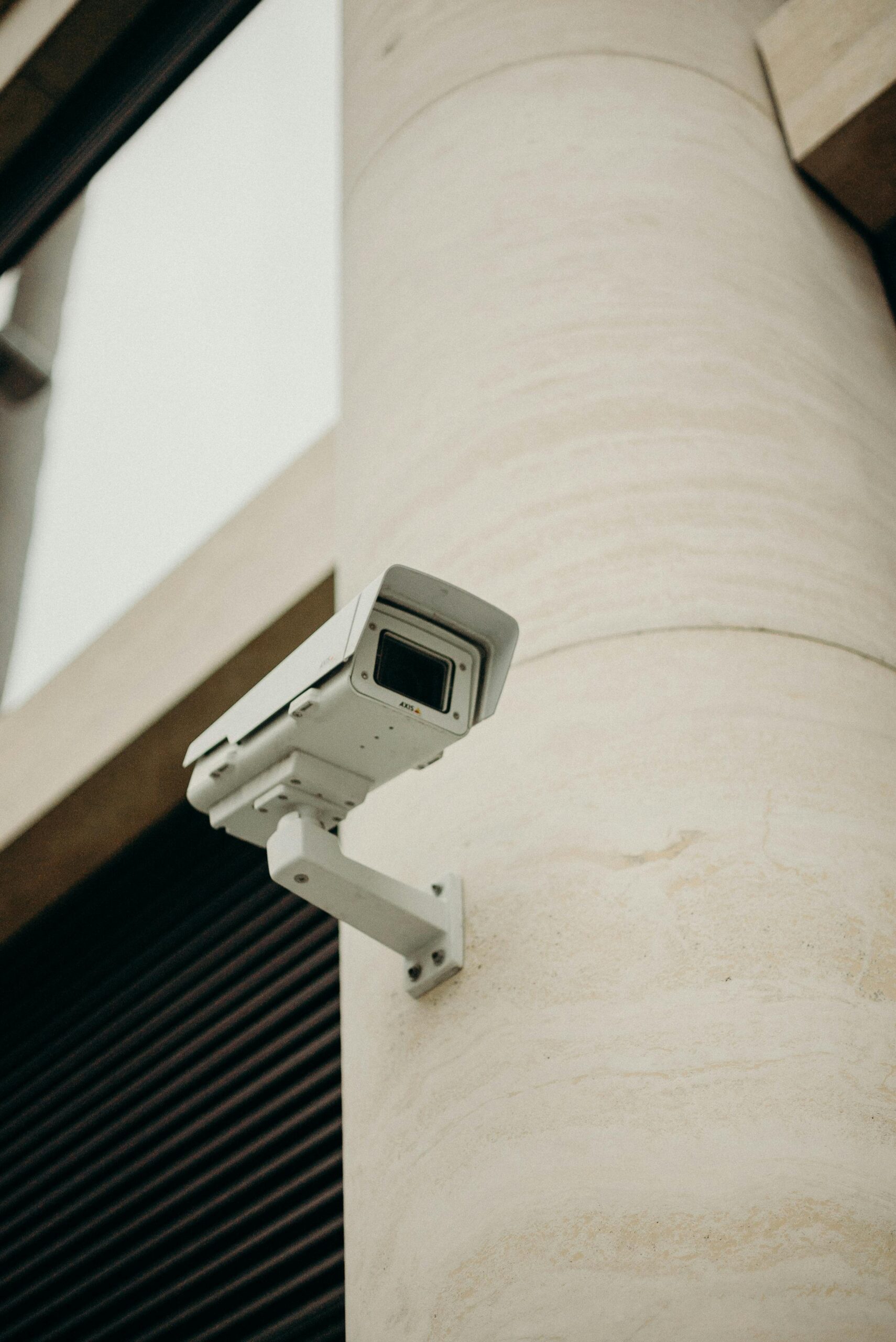Neelie Kroes Vice President of the European Commission responsible for the Digital Agenda Opening Science Through e‑Infrastructures European Federation of Academies of Sciences and Humanities Annual Meeting – “Open infrastructures for Open Science” Rome, Italy, 11 April 2012
Ladies and Gentlemen,
To make progress in science, we need to be open and share.
The British scientist Isaac Newton famously once said, along with many other luminaries over the years, “If I have seen further, it is by standing on the shoulders of giants”. That may seem rather modest for the man who is credited with so many lasting ideas. But indeed he was right: because he couldn’t have reached the astonishing results he did without accessing and learning from the work of others. Without the raw data, the technical innovations and the findings of people like Brahe, Copernicus, and Kepler. And of course of Galileo, once himself a member of this very Academy.
Openness and sharing are not exclusive to the scientific community. The principle of making publicly funded information resources freely available also applies to data collected by public administrations. Our open data package, which I launched last December, shows that there are benefits for web entrepreneurs, ordinary citizens, governments and many others too.
But sharing data, and having the forum to openly use and build on what is shared, are essential to science. They fuel the progress and practice of scientific discovery. That’s why scientists have long sought out new tools and new ways to share their knowledge.
First through institutions: academies and learned societies like yours are crucial as a forum to exchange ideas.
Then printed scientific publications: a model which served its purpose for a long time, combining wide distribution with quality assurance in the pre-electronic age.
Then, of course, the ultimate sharing tool, the Internet.
Because remember, the World Wide Web was invented by physicists at CERN. And no wonder. Because it’s a tool enabling vast amounts of data and results to be shared, examined, compared and published. All things that scientists crave.
And we are just now beginning to realise how significant a transformation of science the openness enabled by ICT infrastructures can mean. We start the era of open science.
Take data analysis. Big Data analysis: Every year, the scientific community produces data 20 times as large as that held in the US Library of Congress.
And big data needs big collaboration. Without that, it’s not possible to collect, combine and conclude results from different experiments, in different countries, in different disciplines. Look at genome sequencing. Open access databases like the European EMBL and the US GenBank double every 9 months, and already store over 400 billion DNA bases. These initiatives deliver more efficient, practical and important results than could ever have been achieved with separate, closed data systems. And indeed, this approach can be credited with having created the whole new science of systems biology.
That is why we’ve invested in high-speed research networks like GÉANT. Today, GÉANT is connecting millions of researchers, scholars, educators and students. That is why we want to promote ever better and open infrastructures for research collaboration.
And I don’t limit our ambitions to Europe. We are working with international partners – the G8 but also major emerging economies – to come up with a global approach to make the world’s scientific resources interoperate, and open to discovery. Alongside that, we’re also working with the US, Canada and Australia to create a global coordination mechanism that puts scientific communities in the lead to define the global web of knowledge. With these initiatives, we can create a resource to link up researchers and their data wherever they are, whatever their field.
But Open science isn’t just about opening up data. It’s also about sharing research findings. So that scientists can learn from each other: and society overall can benefit, too. What’s more, the changes in the value chain that the Internet enables make such sharing economically possible. So I’m delighted that, after all these years, many share my enthusiasm for open access to peer-reviewed publications. This should apply for sure to all research that is at least partly funded by the public. But the logic of openness and sharing of course holds for all scientific and scholarly research.
We already have the infrastructure supporting open access. Researchers, funding bodies and the public are already using and re-using thousands of publications hosted around the world in e-Infrastructures like OpenAIRE.
This is important. Not just because it helps scientists and science to progress. But because we should never forget that the number one research funder in Europe is the taxpayer. And they deserve to get the largest possible reward from that investment.
That is why the Commission will soon present a Communication and a Recommendation proposing the way forward on open access to research results. It will reflect the Commission’s decision, in its Innovation Union Flagship policy, to make all outputs from research funded under the EU’s own Horizon 2020 Research and Innovation framework programme openly accessible. It will look at the role of e-Infrastructures in supporting open access. And it will also look at the role of rewards that incentivise researchers to share. All together, it will show how widening access to publications and data generates substantial benefits and how we can, together, make the European Research Area a successful enterprise. Here to read more.


